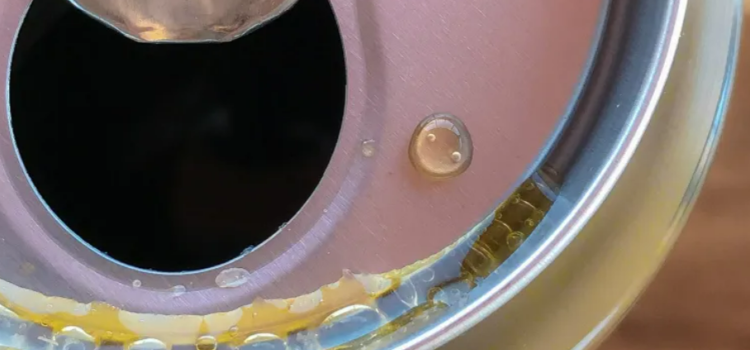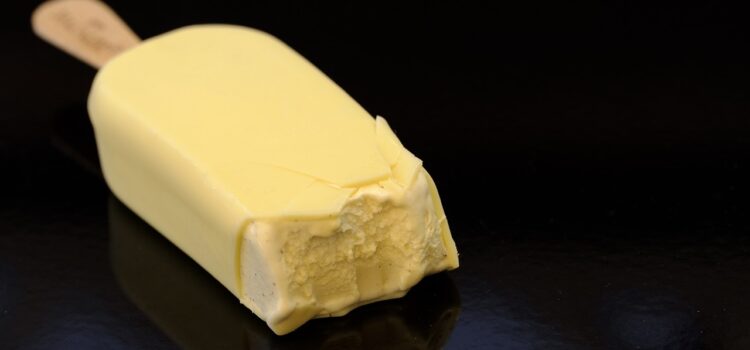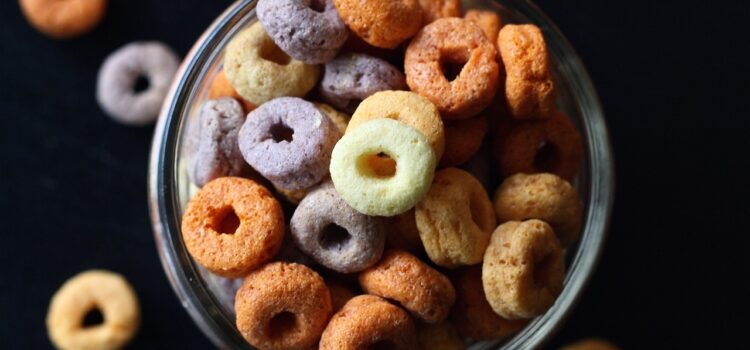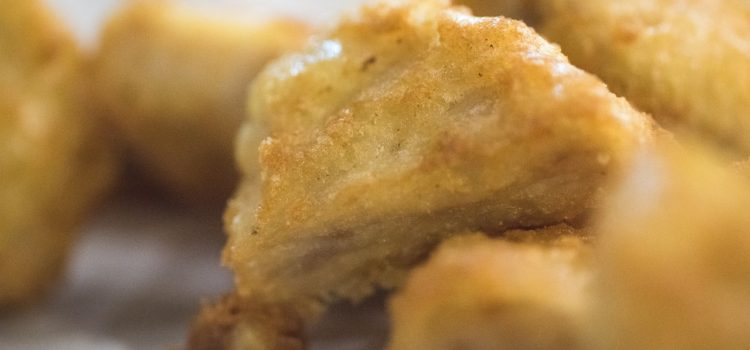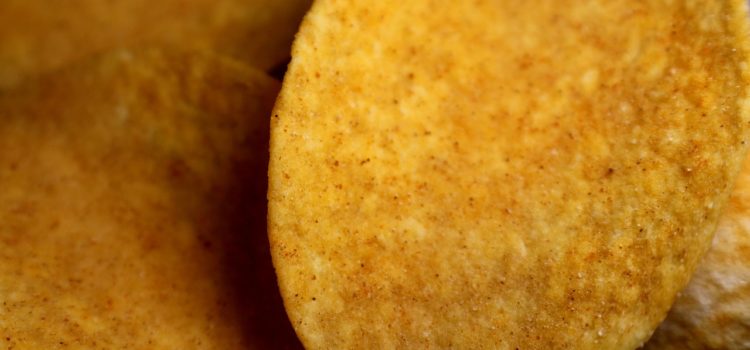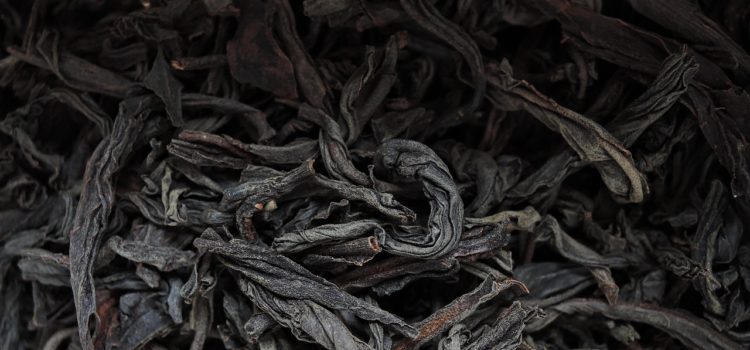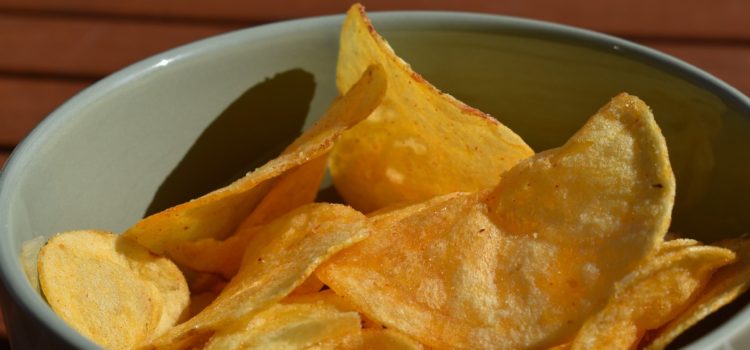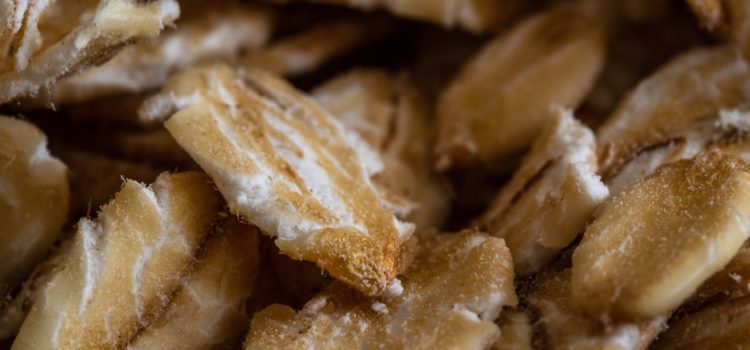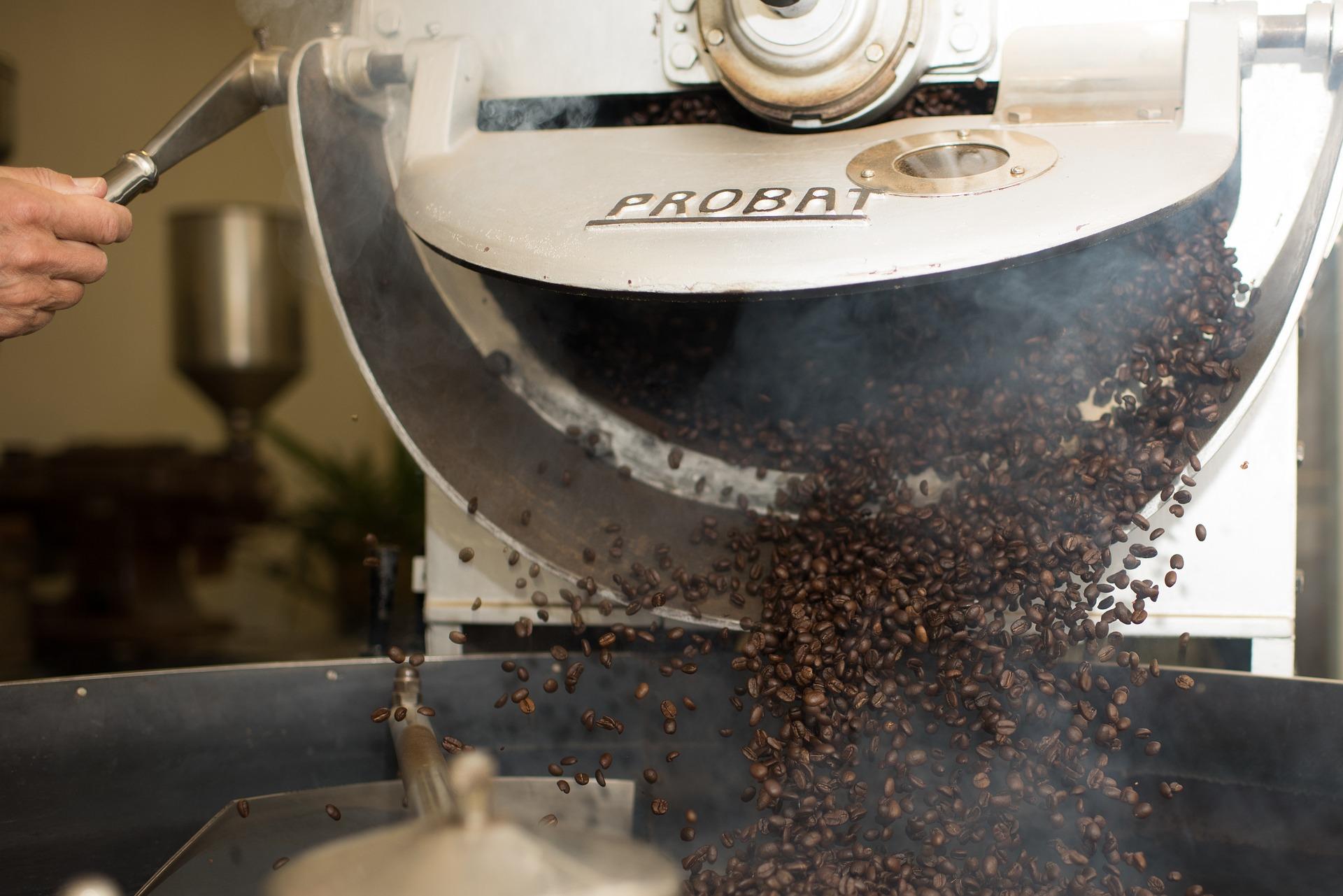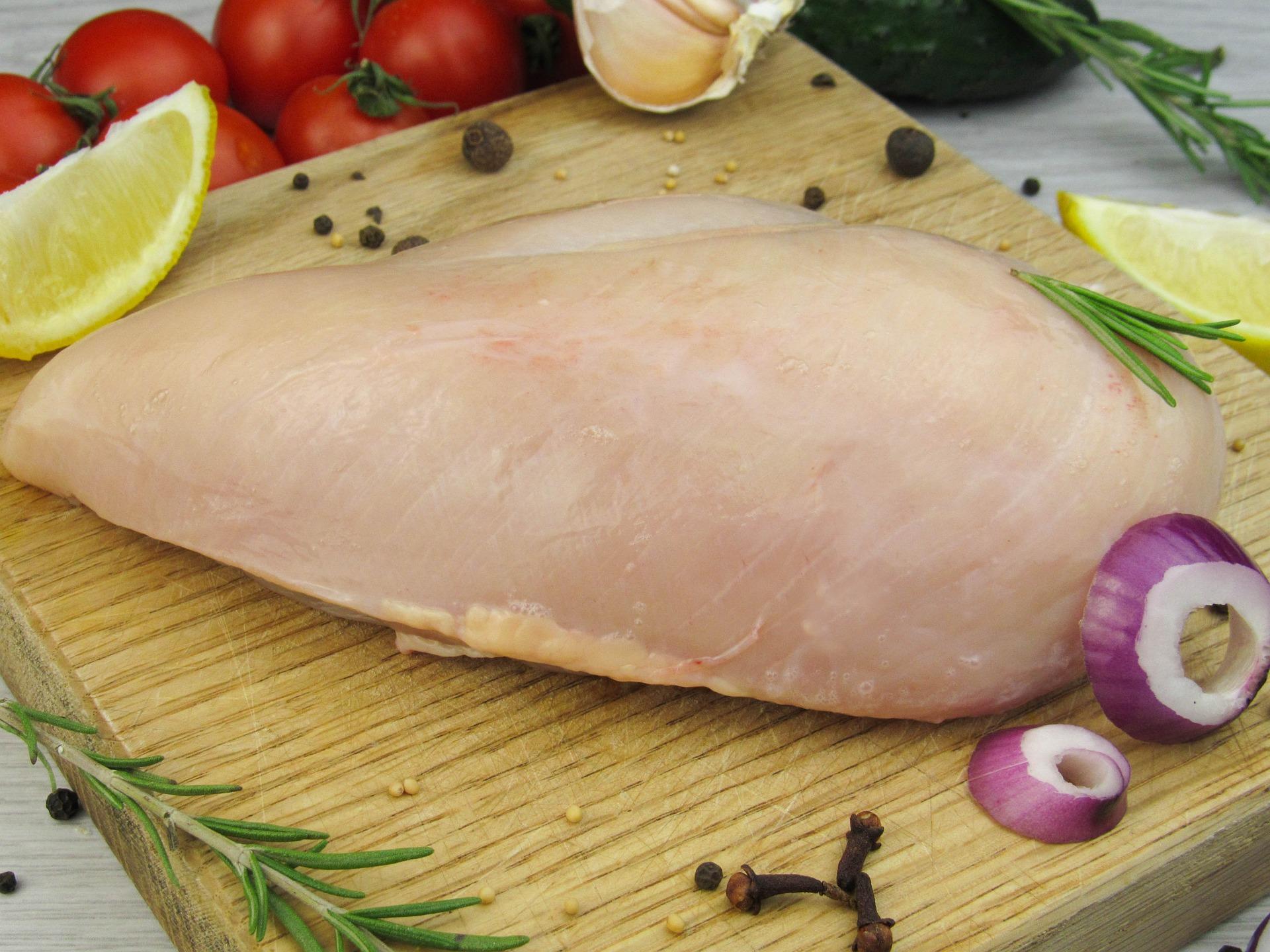If you’ve ever wondered about the presence of acrylamide in potato chips, you’re not alone. Potato chips, a beloved snack made from thinly sliced potatoes that are fried or baked until crispy, have gained popularity worldwide. However, there are concerns about their impact on health due to their high fat, sodium, and calorie content. Moreover, the cooking process of potato chips at high temperatures has raised questions about the formation of acrylamide, a potential carcinogen. So, let’s delve into the question: Is acrylamide present in all chips?
